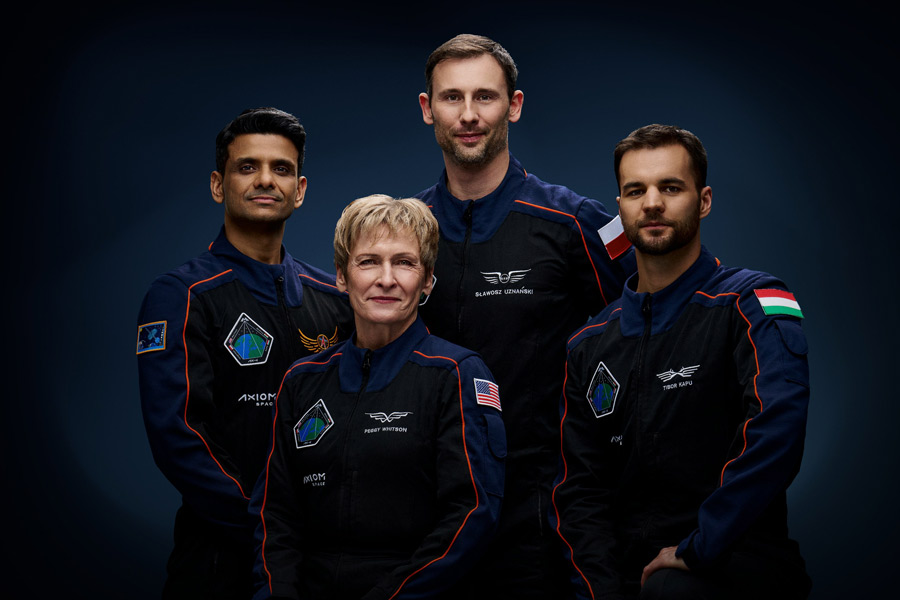 |
 |
| Meera Vaghani demonstrates asanas to get rid of post-pregnancy flab; Pix by Pabitra Das, (Above) Aqua exercises helps shed calories more effectively because water exerts more pressure on the body. Pix by Gajanan Dudhalkar |
It’s the fate all young mothers fear —everything goes slack after you have had a baby. That cute bump that marked the beginning of your pregnancy gives way to a strangely deflated balloon by the end of it and those once (hopefully) toned ab muscles sag beyond recognition. Then you see celebrity mothers like Jennifer Lopez and Rachael Flintoff (wife of English cricketer Andrew Flintoff) with their firm abs and tushes and wonder how they do it.
But apart from envying if you want to get back a toned body, here are some post-natal rescue tips from fitness gurus who say the first thing to do is to concentrate on working on those core muscles (these include the pelvic floor muscles and the deep abdominals).
“The good news is that there’s a 100 per cent recovery if you already have a fitness background to fall back on,” says fitness expert Deepali Jain. She recommends aqua exercises. “You cannot cheat the water. You’ve got to work yourself once you are in it,” she says. The reason for this is that in the water one burns more calories than one would on land because it applies pressure on the body. By the same principle, the hydrostatic pressure also happens to massage and refresh one even while exercising.
Jain offers aqualates (Pilates in water) or even aqua kickboxing at her hour-long classes at three clubs in South Mumbai, Body Rhythm, Willingdon Classes and Breach Candy Club.
At other times, she takes aqua aerobics classes with the help of props like aqua pumps, aqua balls, aqua resistance tubing and aqua noodles. Her focus is on strengthening the core muscles and the back, both of which take a beating during pregnancy. In Calcutta’s Ballygunge, Solace Gym and Spa also offers aqua yoga, aqua therapy and aqua aerobics classes.
Yoga is another great way to reduce the bulge in the lower abs and the pelvic area. At her studio in Calcutta, Meera Vaghani demonstrates asanas like the Shashankasana (rabbit posture) and the Matsyasana (fish posture) to stimulate the pituitary gland that is required for lactation and bring about hormonal balance. To tighten the urinary wall — the muscles here go so lax that urine leakage is a frequent problem for new mothers, — Vaghani urges the practice of Ashwini mudra, also known as the Kegel exercise because it targets the pelvic floor muscles called the Kegel muscles.
 |
| Fitness instructor Vesna Jacob recommends Pilates to get rid of stretch marks; Pix by Rupinder Sharma, (Below) Vinodini Gupta gives her clients a power combo of Yoga, aerobics and Pilates; Pix by Rupinder Sharma |
 |
 |
The options are really quite varied. At her fitness club, Vins, located in the suburbs of Delhi in Gurgaon, Vinodini Gupta offers a host of them in the Post Natal Programme. You can belly dance your way through a month to lose 4kg-5kg or rev it up with sessions of power yoga, Pilates and aerobics.
A consultation session however precedes all activities at these clubs. Gupta gets a complete background update on her client right from weight and measurements to details like lipid profiles, cholesterol levels and thyroid problems. She also figures out their flexibility levels and personality types. And a doctor’s clearance is a must. Usually women who have undergone a Caesarian are asked to start off three to six months later. For others, the limit is stretched to 40 days.
New mother and fitness instructor, Vesna Jacob who had a Caesarian, however, preferred to start off with light tummy tucks. “If your stitches stay when you sneeze, they can hold even if you go for slight conditioning. The earlier you start with light exercises, the easier it is for you later,” she says.
According to Jacob, Pilates is the perfect way to work on the grooves of muscles that are stretched post-delivery. For good measure, she rests on her forearms while raising her body off the ground and goes into The Plank position.
Then she does a series of leg stretches. “Because when you have a baby, your lower back suffers, there is urine incontinency, every muscle and skin is stretched, you need to exercise not only to look good outside but also to reshape and re-tighten muscles from inside,” she emphasises.
A balanced diet is also important. What you have to keep in mind is to have an ‘eating plan’ rather than a ‘dieting plan’. “ Seventy per cent lies in what you eat. Because you are feeding, you need nutrition,” warns Gupta. Don’t overdo it however. “Most of the damage occurs pre-natal. You start believing that you have to eat for two. While the average weight of a baby is 3kg-5kg, the mother ends up putting on 20kg,” says diet management consultant Dr Karun Makhija. After pregnancy, it is this fat that helps in lactation.
“For breast feeding, you need 600 calories a day. Eat whatever gives you your daily dose of proteins, vitamins and minerals. Only if you have gained minimal weight during pregnancy, should you eat more for lactation,” cautions Dr Makhija.
Also note that breast feeding takes off the extra calories. Supermodel Ujjwala Raut recalls the days when she had turned mother. “I breast fed my baby girl a lot. While it nourished her, it helped me too,” she says.
But at the end of the day, working out slowly over a period of time happens to be the key. As Jain says, “There’s no quick fix to a healthy body. Look at what happens to you as a new mother. The bones are weak. Hair falls off. Periods go for a toss as do hormones. You have to fortify yourself.”










